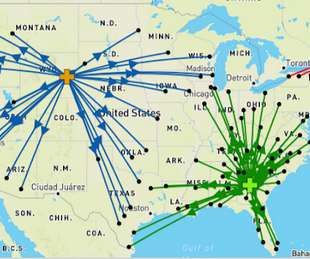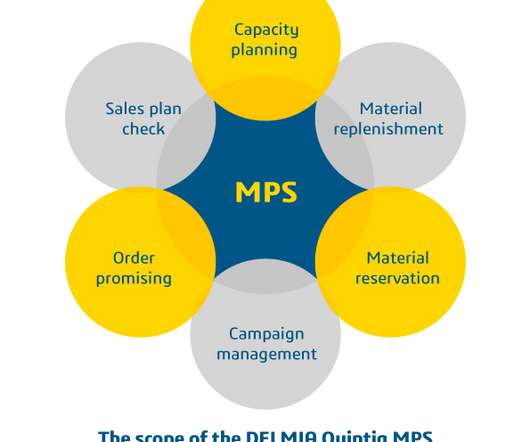5 Recommendations towards a Resilient S&OP
Logistics Viewpoints
JULY 22, 2021
Sales & Operations Planning (S&OP) as a process has been around since the 1980’s. While the terminology evolved, the underlying thesis of S&OP has stayed the same, i.e., bridge the divide between sales forecasts and operational plans while respecting the budget.






















































Let's personalize your content